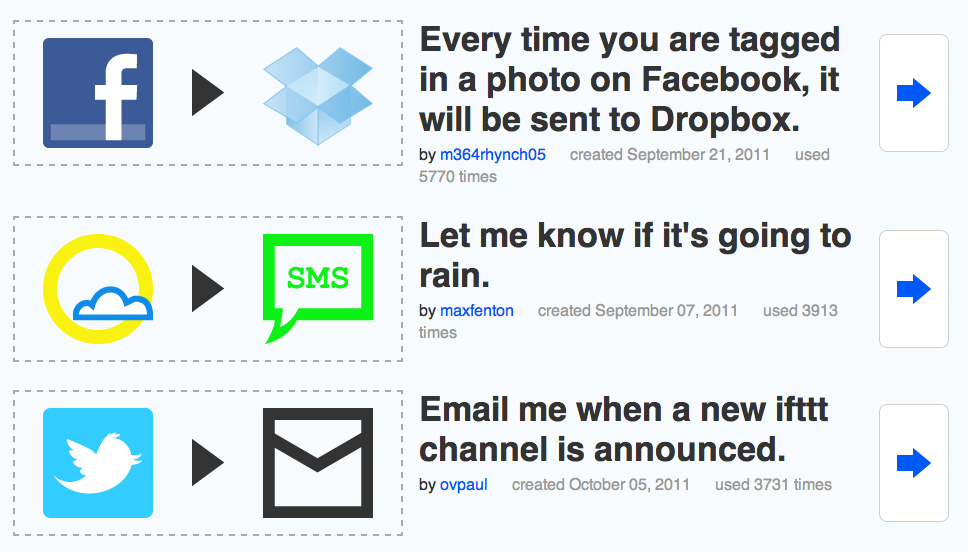I’m currently reading Erik Brynjolfsson (say that one fast three times…) and Andy McAfee’s brilliant The Second Machine Age, which I highly recommend as an overview of the opportunities and pitfalls of what they call “brilliant technologies.”
While they don’t specifically mention the IoT, I was riveted by one section in which they contrasted current digital innovation with past technologies, using economist Paul Romer‘s term “recombinant innovation”:
“Economic growth occurs whenever people take resources and rearrange them in ways that make them more valuable…. Every generation has perceived the limits to growth that finite resources and undesirable side effects would pose if no new … ideas were discovered. And every generation has underestimated the potential for finding new … ideas. We consistently fail to grasp how many ideas remain to be discovered… Possibilitities do not merely add up, they multiply.” (my emphasis)
I felt like Dr. Pangloss, who was surprised to learn he’d been speaking prose all his life: I realized Romer’s term and definition was a more elegant version of what I’ve written before, especially about IFTTT, about an Essential Truth of the IoT — that sharing data is critical to achieving the IoT’s full potential. IFTTT is a great example of Romer’s argument in practice: individuals are “taking resource and rearrang(ing) them in ways that make them more valuable.” As Brynjolfsson and McAfee write:
““.. digital innovation is recombinant innovation in its purest form. Each development becomes a building block for future innovations. Progress doesn’t run out; it accumulates. And the digital world doesn’t respect any boundaries. It extends into the physical one, leading to cars and planes that drive themselves, printers that make parts, and so on….We’ll call this the ‘innovation-as-building-block’ view of the world..” (again, my emphasis)
This is such a powerful concept. Think of Legos — not those silly ones that dominate today, where they are so specialized they can only be used in making a specific kit — but the good ol’ basic ones that could be reused in countless ways. It’s why I happen to believe that all the well-thought-out projections on the IoT’s potential size probably are on the low side: there’s simply no way that we can predict now all the creative, life-saving, money-saving, or quality-of-life-enhancing ways the IoT will manifest itself until people within and outside of organizations take new IoT devices and use them in IFTTT-like “Recipes” that would never have occurred to the devices’ creators. But beware: none of this will happen if companies use proprietary standards or don’t open their APIs and other tools to all those who can benefit.
How exciting!


